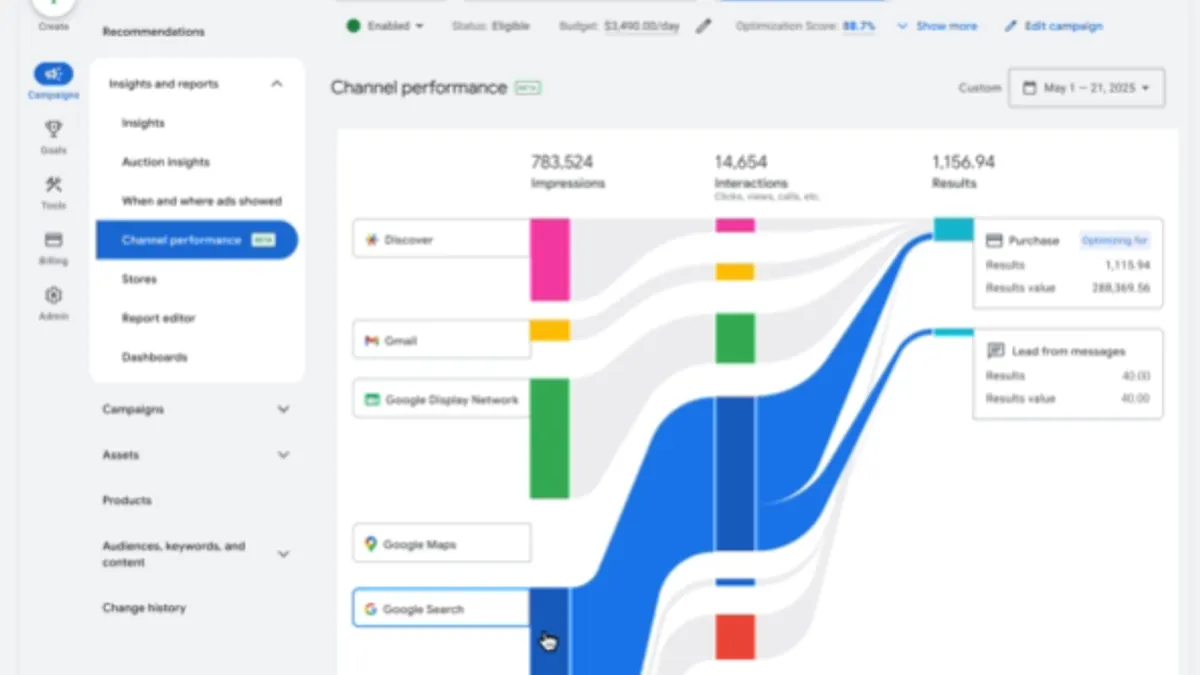11 SEO Lessons Learned From 500+ Website Audits
After conducting over 500 website audits, clear SEO success patterns have emerged. This article shares 11 practical lessons, saving you time, money, and frustration.
Lesson #1: Technical SEO: Your Foundation
Technical SEO ensures search engines can access and understand your content. Focus on crawlability (can search engines find your pages?) and indexability (can your pages appear in search results?). Regularly monitor your technical SEO health with Google Search Console and Bing Webmaster Tools.
Lesson #2: JavaScript SEO: Proceed With Caution
JavaScript enhances interactivity, but can hinder search engine indexing. Test if Google sees your JavaScript content using the Live URL Test in Google Search Console or by searching for unique content phrases. Prioritize including critical content directly in your HTML.
Lesson #3: Crawl Budget: Important for Large Sites
Crawl budget matters for sites with hundreds of thousands of pages. For smaller sites, Google handles crawling efficiently. Large sites should prioritize important pages and monitor crawl stats in Google Search Console.
Lesson #4: Log File Analysis: See the Big Picture
Log files reveal detailed search engine bot activity. They help diagnose crawlability and indexability issues. Use tools or Google Search Console's Crawl Stats report to identify and fix problems.
Lesson #5: Core Web Vitals: Don't Obsess
Core Web Vitals (loading speed, interactivity, visual stability) are less impactful than often assumed. Focus on real user data from Google Search Console. Optimize if loading times are extremely poor or critical issues are flagged.
Lesson #6: Schema Markup: Enhance Understanding and Trust
Schema markup helps Google understand your content. Use relevant schema types and test with Google's tools. This improves visibility and can lead to rich snippets in search results.
Lesson #7: Keyword Research and Mapping: Essential for Success
Keyword research identifies what your audience searches for. Keyword mapping assigns terms to specific pages. This provides a focused SEO strategy.
Lesson #8: On-Page SEO: 80% of the Battle
On-page SEO is crucial. Optimize title tags, meta descriptions, headers, images, internal links, and content around targeted keywords. This drives significant results.
Lesson #9: Internal Linking: An Underused Powerhouse
Internal links clarify site structure for Google. Use descriptive anchor text. Internal linking can boost underperforming pages and improve overall SEO.
Lesson #10: Backlinks: Strategic, Not a Cure-All
Build backlinks strategically after mastering on-page SEO and technical SEO. Analyze competitors to determine if backlinks are a key differentiator.
Lesson #11: SEO Tools: Verify Manually
SEO tools are helpful but require manual verification. Use your judgment to assess the real-world impact of any flagged issues. Don't rely solely on automated tools.
Final Thoughts
A clear, prioritized SEO strategy is essential. Address technical issues and leverage keyword research, on-page optimization, and internal linking for effective SEO.
More Resources:







